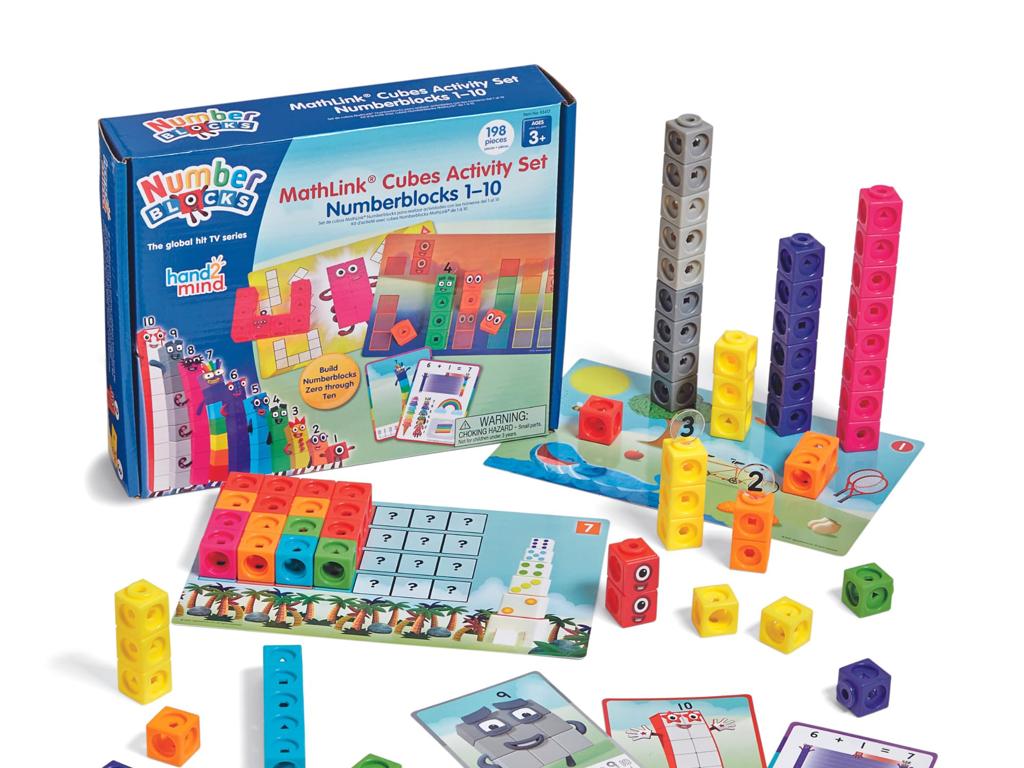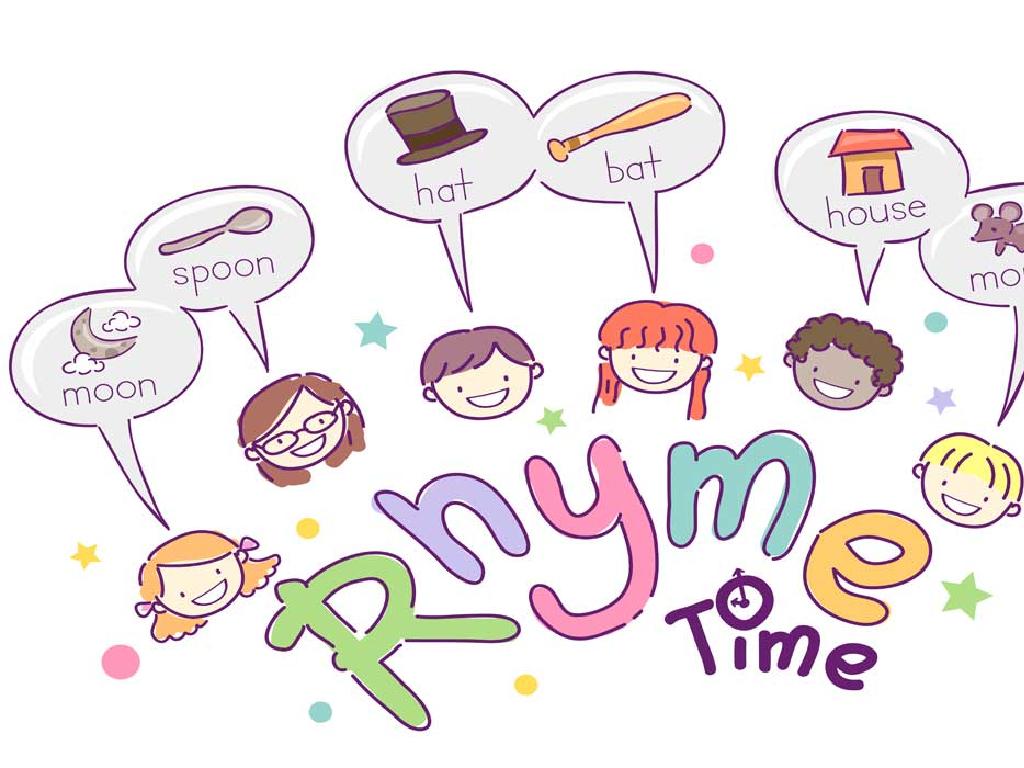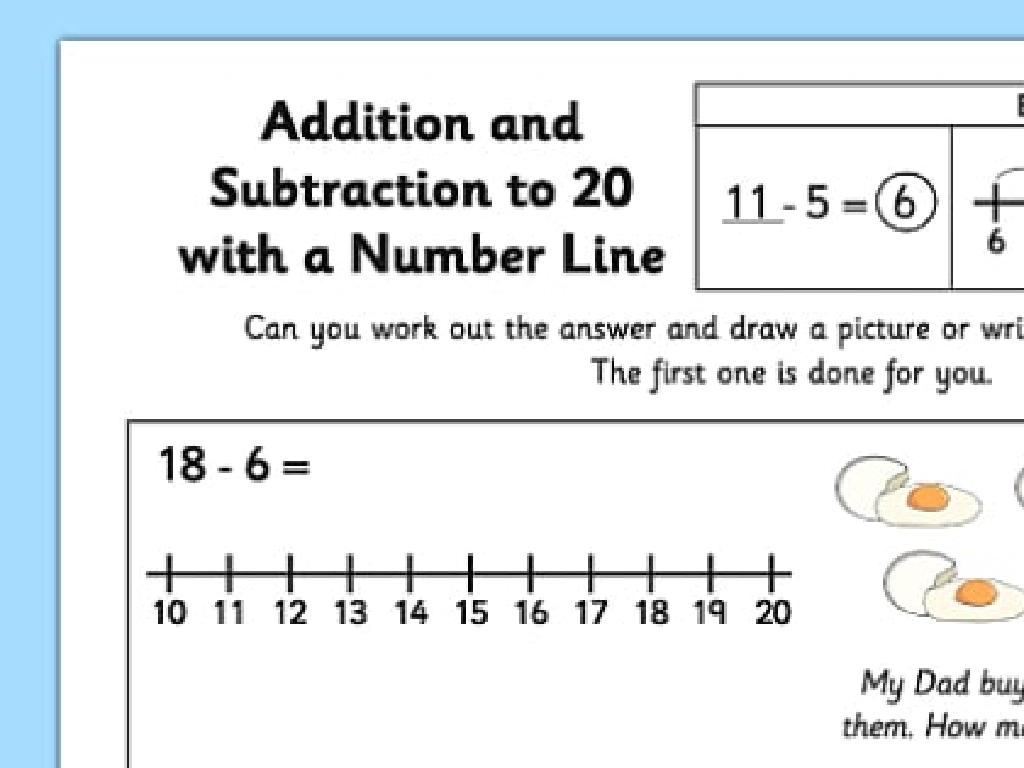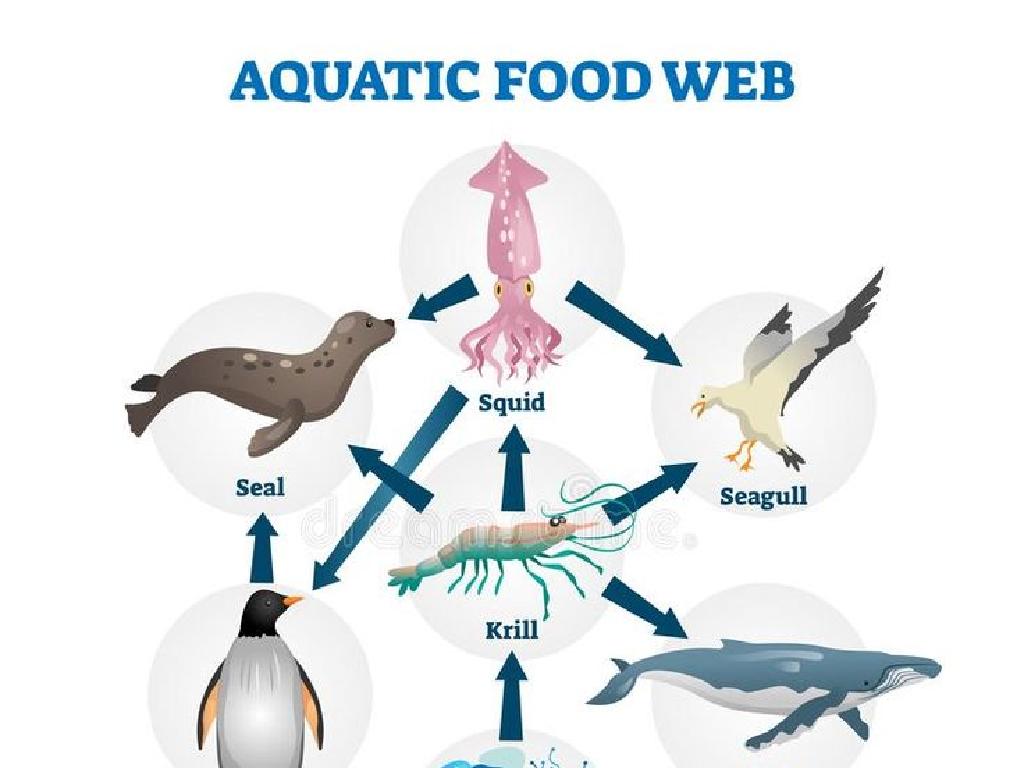Estimate Tips
Subject: Math
Grade: Eighth grade
Topic: Consumer Math
Please LOG IN to download the presentation. Access is available to registered users only.
View More Content
Estimating Tips in Consumer Math
– Importance of tipping in services
– Tips reward for good service and often form a large part of workers’ income.
– Estimation: What does it mean?
– Estimation is finding a value that is close enough to the right answer, usually with some thought or calculation involved.
– Why estimate tips?
– Estimating tips helps ensure fair compensation and budget management.
– Practice estimation skills
|
This slide introduces students to the concept of tipping as a crucial part of the service industry’s compensation system. Emphasize that tipping is not just a courtesy but a significant contribution to the income of service workers. Explain estimation as a valuable math skill that involves making an educated guess that is close to the exact amount. Discuss why it’s important to estimate tips accurately, including the ethical aspect of fair compensation for service and the practical skill of budgeting. Encourage students to practice estimation with real-life scenarios, such as calculating tips at a restaurant, to reinforce their understanding and application of the concept.
Understanding Tips in Consumer Math
– Define what a tip is
– A tip is a sum of money given to someone for their service
– Explore tipping’s cultural role
– Tipping is a way to show appreciation for service
– Tipping practices around the world
– Tipping customs can differ greatly by country
– Calculating tips in various scenarios
– Practice calculating tips for different service amounts
|
This slide introduces the concept of tipping as part of consumer math. Begin by defining a tip as a voluntary extra payment made for services rendered. Discuss the cultural significance of tipping, emphasizing that it is a common practice in many countries to show gratitude for good service. Highlight how tipping varies internationally, with some countries expecting tips, while others include service charges in the bill or do not tip at all. Engage students with examples of calculating tips based on percentages of the total bill, adapting to different countries’ customs. This will help students understand the practical application of percentages in everyday life and prepare them for real-world situations involving tipping.
Percentage Basics: Estimating Tips
– Reviewing percentage concept
– A percentage represents a part per hundred
– Calculating percentage of a number
– To find a percentage, multiply the number by the percentage rate divided by 100
– Examples of percentage calculations
– If a meal costs $50 and you want to leave a 15% tip, the tip would be $50 * 0.15 = $7.50
|
Begin with a quick review of what percentages are and how they are used to represent parts of a whole. Reinforce the concept that a percentage is a fraction of 100. Then, demonstrate how to calculate a percentage of a number by converting the percentage to a decimal and multiplying it by the number. Provide clear examples, such as calculating tips at a restaurant, to show real-life applications of percentage calculations. This will help students understand how to estimate tips as a practical use of percentages in consumer math.
Understanding Tip Percentages
– Standard tipping percentages
– Common tips: 10-15% for adequate, 15-20% for good, 20%+ for excellent service.
– Scenarios: 15%, 18%, 20%
– For a $50 bill: 15% is $7.50, 18% is $9, 20% is $10.
– Choosing the right tip
– Consider service quality, total bill, and your budget.
– Practice estimation skills
|
This slide introduces students to the customary tip percentages and helps them understand how to apply them in real-life scenarios. Start by explaining that tipping is a way to show appreciation for service and that the amount can vary based on the quality of service received. Provide examples with different bill amounts to illustrate how to calculate 15%, 18%, and 20% tips. Encourage students to think about factors that might influence their decision on how much to tip. As an activity, students can practice estimating tips for various scenarios, reinforcing their percentage calculation skills.
Estimating Tips in Real-Life Scenarios
– Estimate tips without calculators
– Use simple percentages like 10%, 15%, or 20% to estimate
– Round the bill for easy estimation
– Round up or down to the nearest whole number for simplicity
– Use mental math for quick calculation
– Multiply the rounded bill by a decimal for speed
|
This slide aims to equip students with practical skills for estimating tips in everyday situations without relying on a calculator. Start by explaining common tip percentages and how to approximate them using simple fractions (e.g., 10% is like dividing by 10). Emphasize the usefulness of rounding the total bill to the nearest dollar to simplify the math involved. Teach them to use mental math strategies, such as moving the decimal point to quickly find 10% of the bill and then adjusting for the desired tip percentage. Provide examples with different bill amounts and desired tip percentages to practice. Encourage students to share their own methods or shortcuts for estimating tips.
Estimating Tips: Practice Problems
– Estimate a 15% tip on $40
– 15% of $40 is $6.00 (Tip: Move the decimal of 40 one place left to get 10%, then add half of that for 5%)
– Estimate a 20% tip on $27.50
– 20% of $27.50 is $5.50 (Tip: Calculate 10% by moving the decimal one place left, then double it for 20%)
– Estimate an 18% tip on $63.80
– 18% of $63.80 is $11.48 (Tip: Find 10%, then add 8% by halving and subtracting 2% from 10%)
|
This slide provides practice problems for estimating tips at different percentages. Encourage students to use mental math strategies for estimation, such as finding 10% by moving the decimal point and adjusting for the required percentage. Remind them that estimating tips is a valuable life skill for dining out or receiving services. Have students work on these examples individually, then discuss the strategies they used to find their estimates. This will help them understand the concept of percentages in a practical context and improve their mental math skills.
Class Activity: Tip Estimation Game
– Split into groups for tip practice
– Estimate tips on sample bills
– Use 10%, 15%, or 20% as a guide
– Present your estimation methods
– Share your strategy with the class
– Discuss differences in estimations
– Understand why estimates vary
|
This interactive class activity is designed to help students apply their understanding of percentages in a real-world context by estimating tips. Divide the class into small groups and provide each with several sample restaurant bills. Students will use their knowledge of percentages to calculate appropriate tip amounts for each bill. Encourage them to consider different percentages, such as 10%, 15%, or 20%, based on the level of service. After calculations, each group will present their methods and results to the class. This will allow students to see different approaches to estimation and discuss any variations in their results. As a teacher, facilitate the discussion to highlight the importance of accuracy and mental math in everyday financial decisions. Provide guidance on rounding and estimation techniques to ensure all students are engaged and learning effectively.
Estimating Tips: Conclusion and Q&A
– Recap: Why estimate tips?
Understanding tip estimation is key in daily life for fair service compensation.
– Encourage questions
– Clarify any doubts
– Homework: Practice estimation
Find a real bill and calculate a 15-20% tip.
|
As we conclude today’s lesson on estimating tips, it’s important to emphasize the practicality and courtesy of tipping. It’s a way to show appreciation for service and is an expected social norm in many scenarios. Encourage the students to ask questions about anything they may not have understood during the lesson. Be prepared to clarify common misconceptions or difficulties. For homework, students should find a restaurant bill (they can ask their parents or find one online) and estimate a tip for it. This will help them apply what they’ve learned in a real-world context. In the next class, we can discuss the homework, and students can share their methods for estimating tips.






